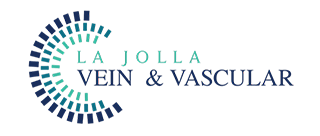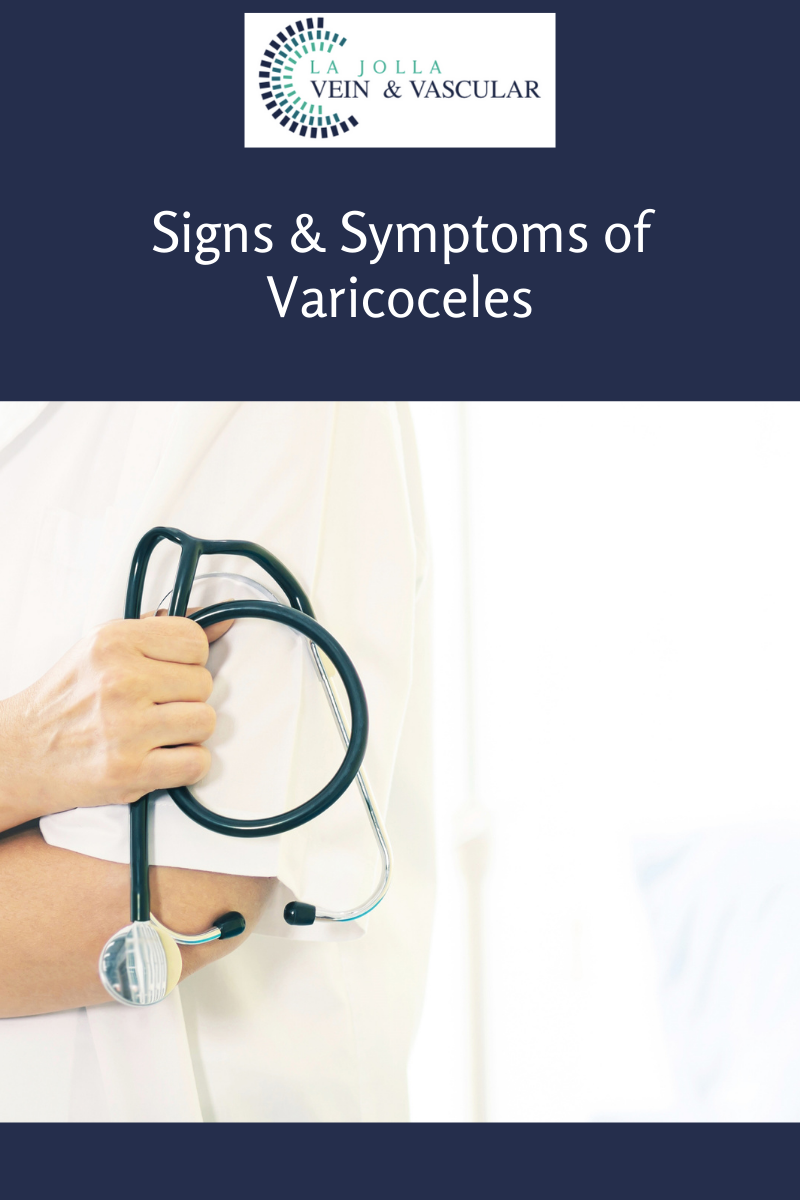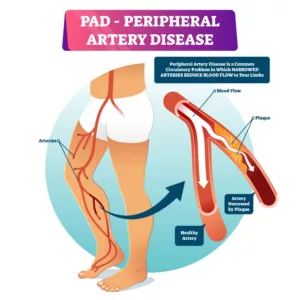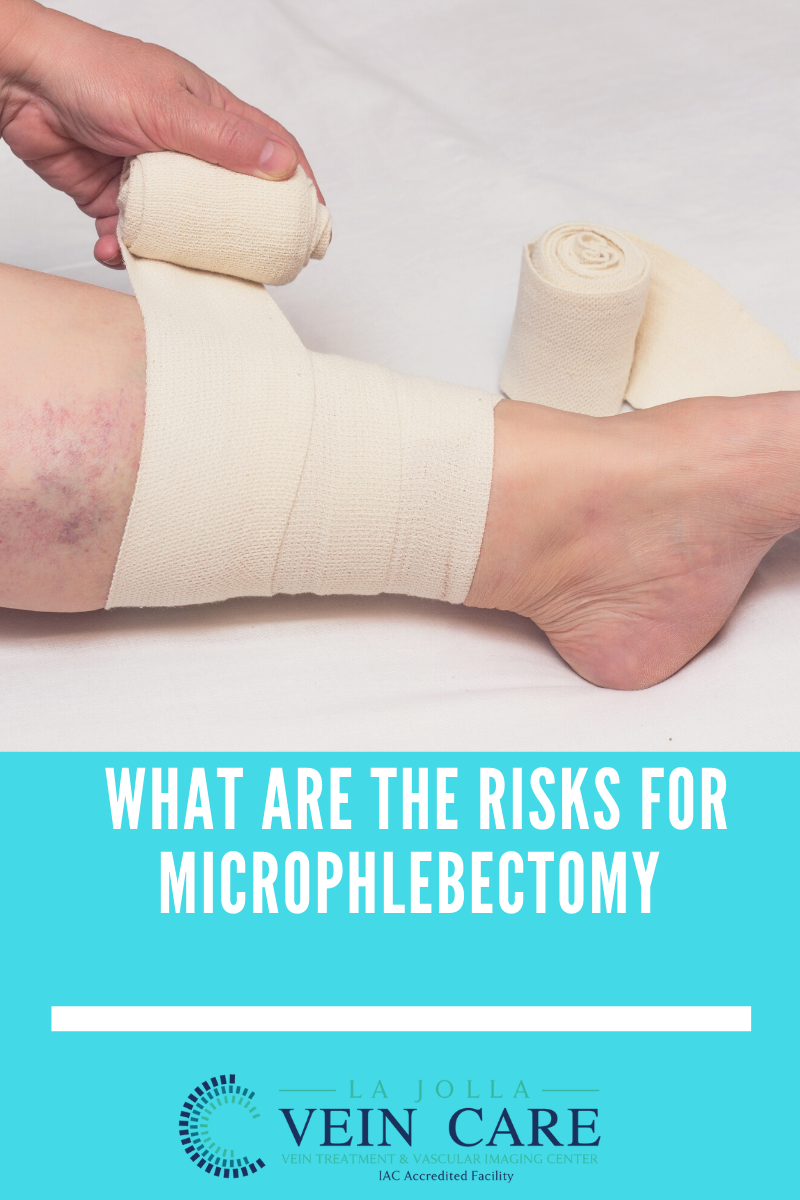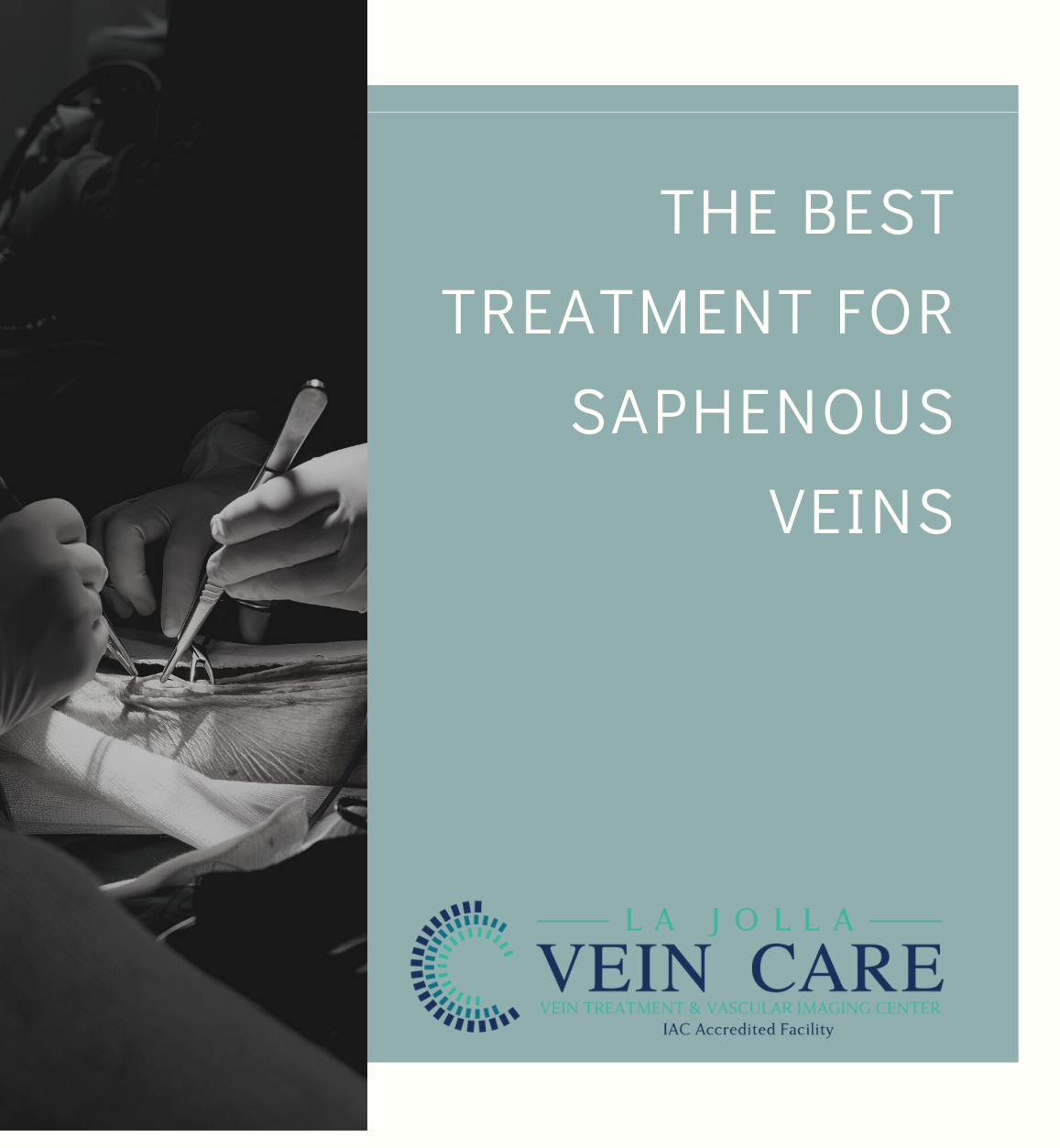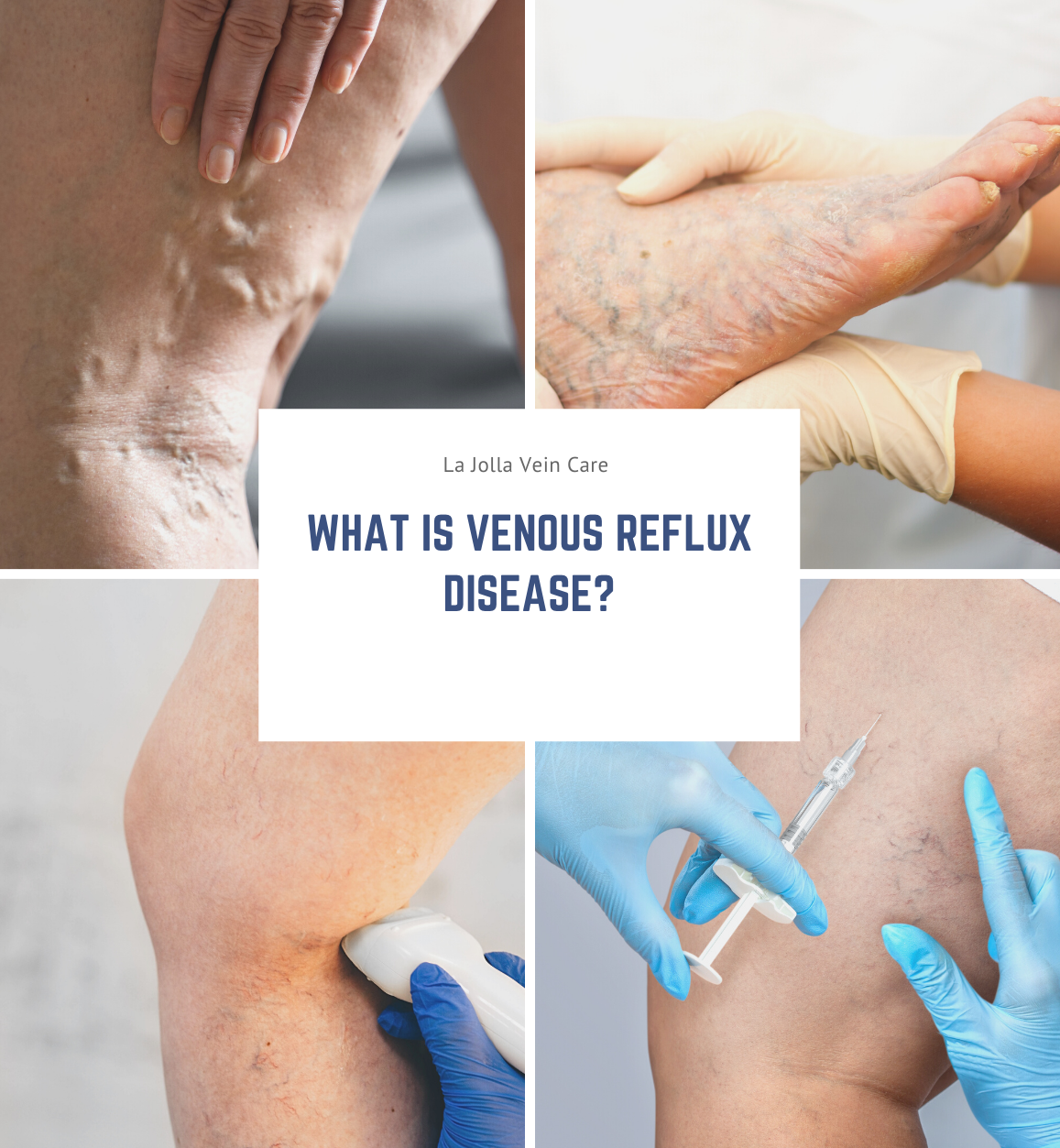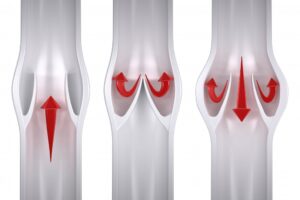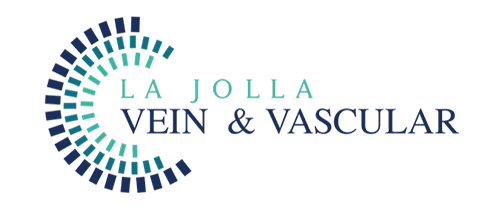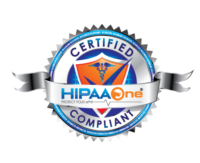Signs and Symptoms of Varicoceles
LJVascular2022-04-29T16:45:32-07:00
What are Varicoceles?
A varicocele is a term used to describe abnormal enlargement of the veins within the scrotum. The veins carry blood from the various body organs back to the heart. Typically, veins have valves that prevent blood backflow. When the valves in the veins within the scrotum don’t work as they should, […]
